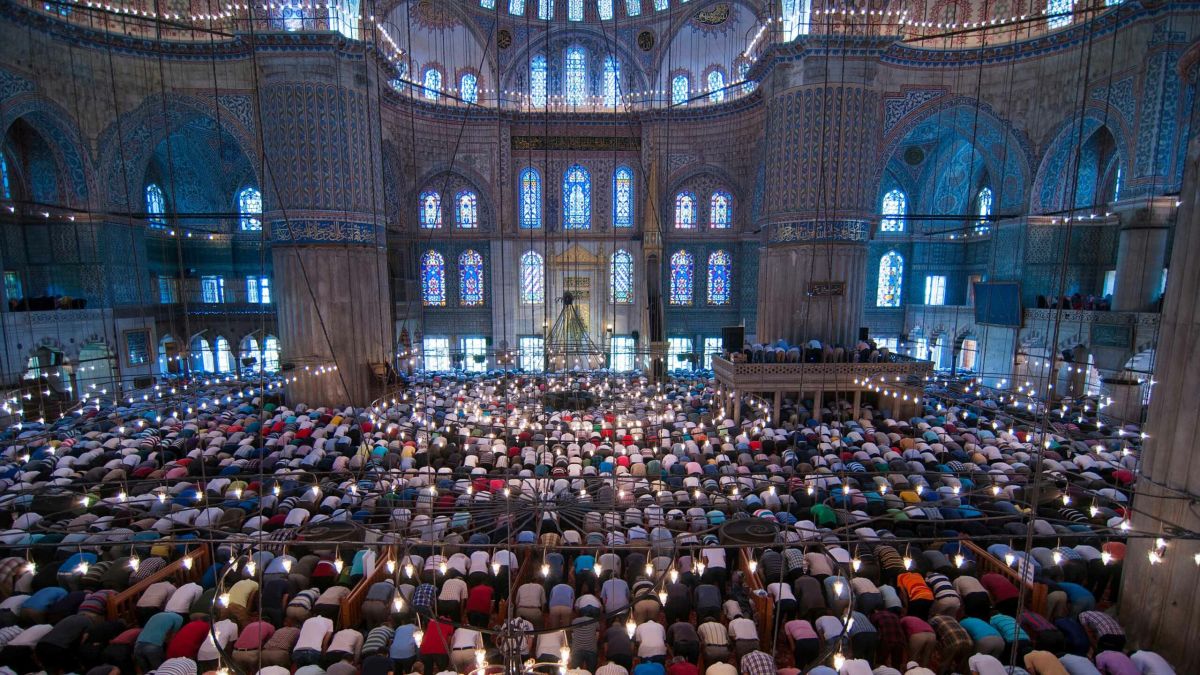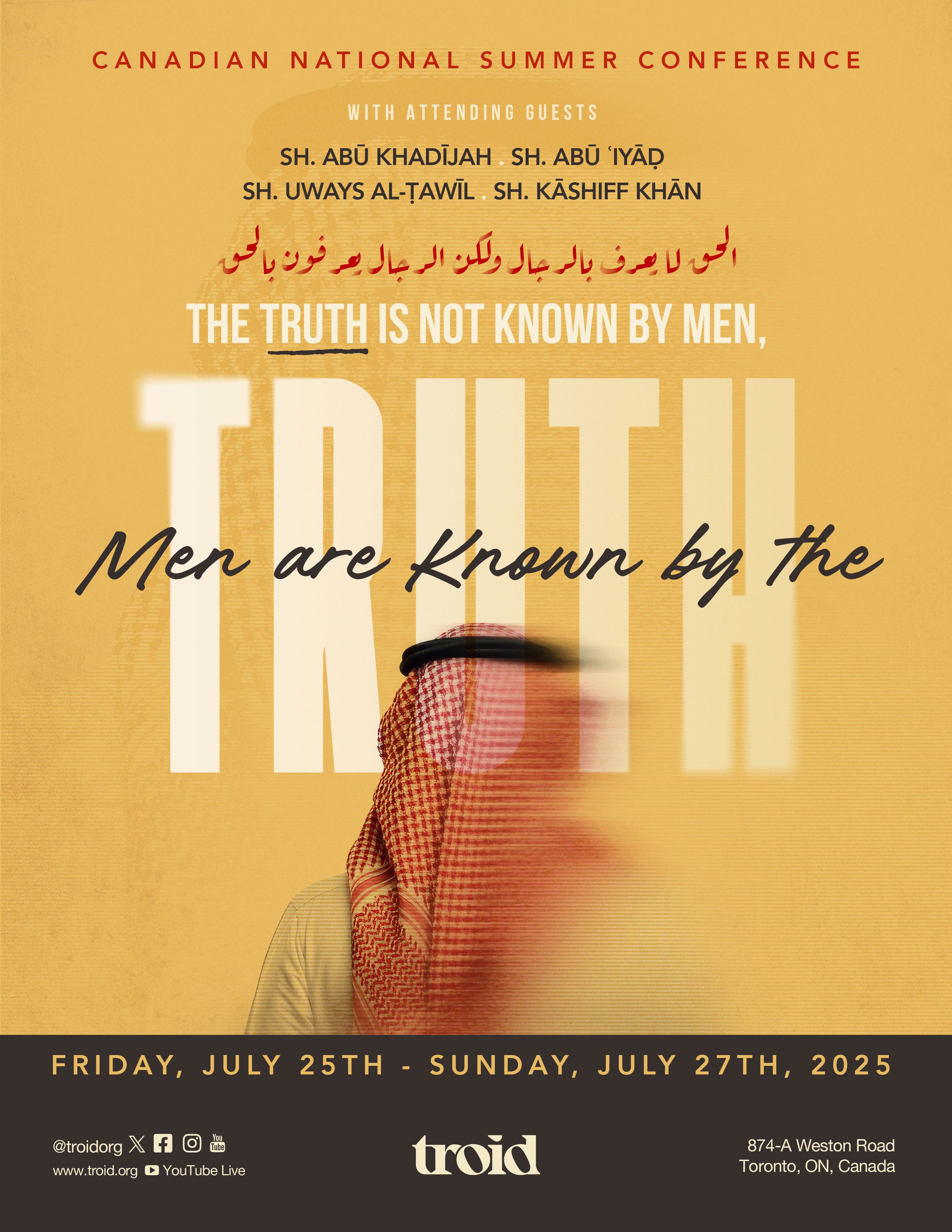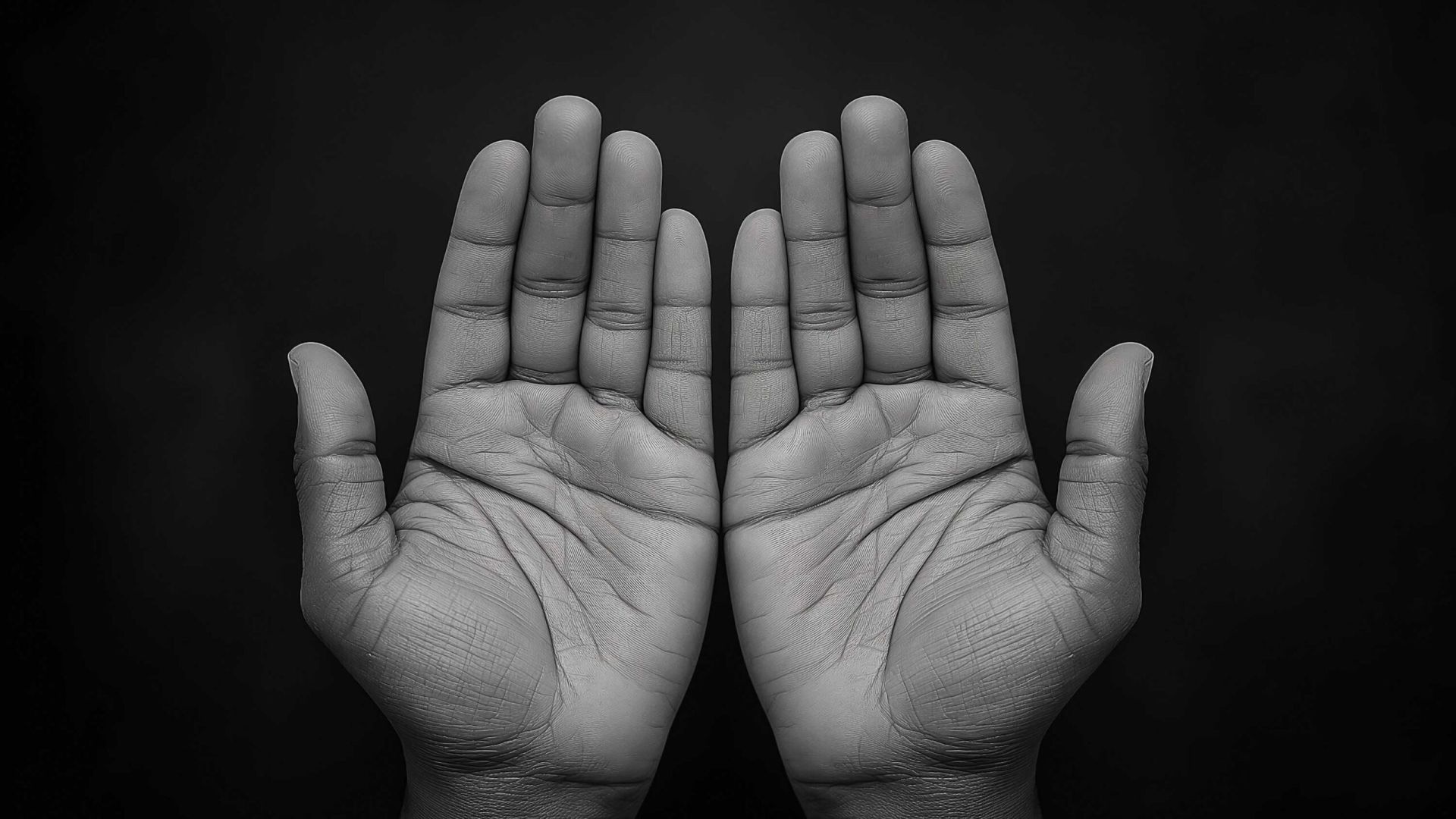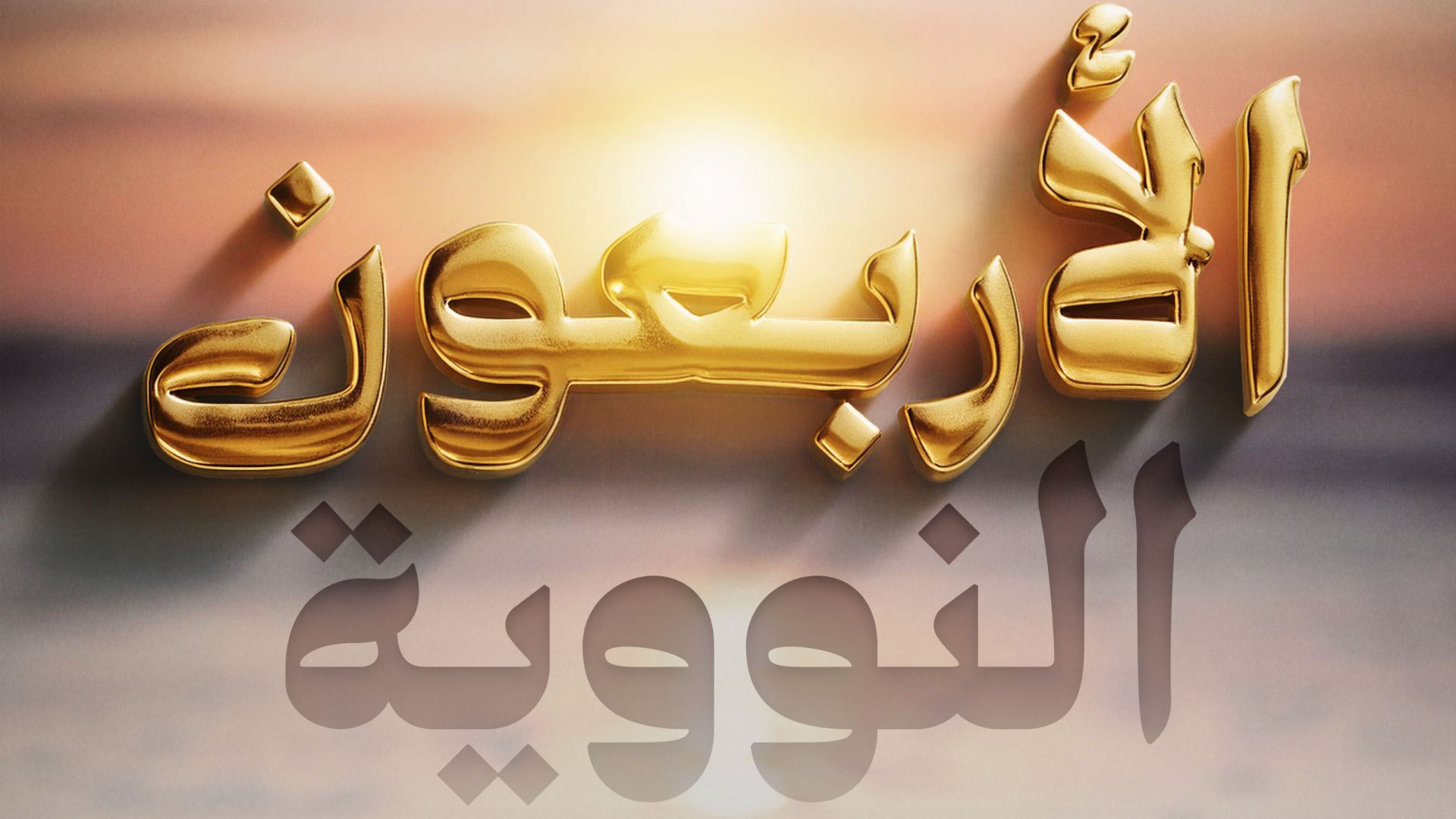The Ruling on the Imām Stretching and Differentiating the Enunciation of the Different Takbīrs During Ṣalāh
Imām Muḥammad ibn Ṣāliḥ al-ʿUthaymīn


[Q]: How should one enunciate the takbīr during ṣalāh?
[A]: The scholars have said: It is disliked for one to stretch or draw it out. Even when saying the takbīr while rising from sujūd, or when descending to it from the standing position despite both movements being relatively prolonged. They say: This is because the extension of this statement in ṣalāh was never narrated in the Sunnah. It should, therefore, be considered disliked. This is the position adopted by the scholars (رحمهم الله).
However, it is most apparent that there is flexibility in this matter. The takbīr may be extended somewhat provided its meaning remains unaffected. It should also be noted that, even in consideration of this, stretching its pronounciation is not superior to shortening it as surmised by some people. To the extent that some people believe that the takbīr for rukūʿ (bowing) should have its own specific, characteristic sound. Likewise the takbīr for sujūd (prostrating), the sitting in the second rakʿah, the tashahhud (testimony of faith), and the takbīr for the sitting between the two sujūds of every rakʿah. All of which supports the notion that those being led will be reactive to the sounds of each takbīr (therefore knowing what the imām is doing, even if they cannot see him). Even if one of them is absent-minded while praying, if he hears the typical sujūd takbīr he will perform sujūd. If the takbīr of standing is made, then he will know that he must stand up. Conversely, if the imām was to shorten his enunciation of all the takbīrs of ṣalāh without distinguishing between them, then those being led must be present in the ṣalāh, both with their hearts and thoughts. Although, it is a risk that he may stand when he should sit or sit when he should stand. Also, the one who arrives at the ṣalāh after its commencement may be confused due to him not being able to distinguish between the takbīrs.
These concerns may be addressed with the following:
It was never narrated that the Prophet (صلى الله عليه وسلم) ever distinguished between the takbīrs of the ṣalāh in any way. So, his apparent manner of praying was completely devoid of such differentiation between the takbīrs.
As he (صلى الله عليه وسلم) said, when his pulpit was built: “O people! This has only been built such that you may follow me, and learn the manner in which I perform my ṣalāh”. If he (صلى الله عليه وسلم) had ever differentiated between the takbīrs of his ṣalāh, the people would have definitely imitated that action, even when not praying on the pulpit [i.e., when he (صلى الله عليه وسلم) led the prayers]. As for the one who arrives to the ṣalāh late, he will undoubtedly stand behind someone who was not late and may simply follow his actions. The most important aspect of this matter is following the Sunnah, along with the added benefit of those being led having complete concentration while praying which facilitates them being fully aware of the number of rakʿahs that have been performed.
Some of the jurists have also stated: The takbīrs of descension into sujūd and standing up from it should both be stretched due to the prolonged movement between these two pillars of the ṣalāh. However, there is no evidence to support this view.
Source: Al-Sharḥ al-Mumtiʿ 3: 24-25
Translated by: Riyāḍ al-Kanadī
Most Popular: Last 30 Days















